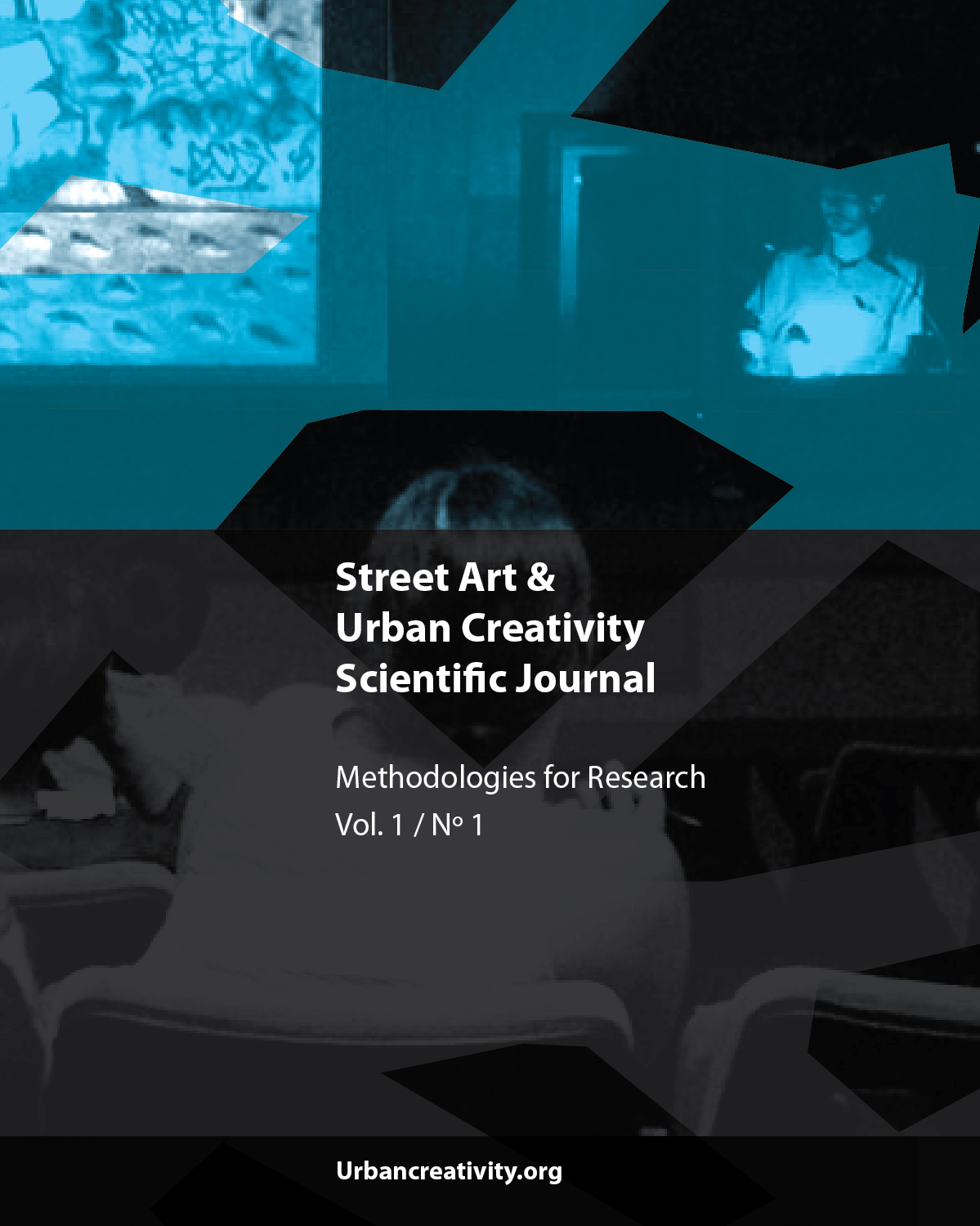Planned To Be Reclaimed:
Public Design Strategies for Spontaneous Practices of Spatial Appropriation
DOI:
https://doi.org/10.25765/sauc.v1i1.11Abstract
Several contemporary studies on public space focus on its loss, in relation to an increase in people’s disengagement fromthese types of spaces. Since the 1960s, a considerable part of urban culture has attempted to develop strategies for peopleto re-appropriate public space and to ‘inhabit the city again.’ This has defined a line of research that, although now consolidated,is still little known in its complexity. In the effort to create a unified framework for the different attempts through whicharchitecture has historically responded to the rise of spontaneous forms of urban creativity, this paper outlines a short historyof design strategies aimed at enabling and encouraging different forms of spatial appropriation. It also highlights a gradualshift from prescriptive and repeatable rules to site-specific approaches, prompting a new disciplinary convergence betweenurban planning and design, interior architecture, industrial design and public art.
Downloads
Global Statistics ℹ️
|
171
Views
|
56
Downloads
|
|
227
Total
|
|
Downloads
Published
How to Cite
Issue
Section
License
Copyright (c) 2015 Street Art & Urban Creativity

This work is licensed under a Creative Commons Attribution-NoDerivatives 4.0 International License.
Those authors who publish in this journal accept the following terms:
-
Authors retain copyright.
-
Authors transfer to the journal the right of first publication. The journal also owns the publishing rights.
-
All published contents are governed by an Attribution-NoDerivatives 4.0 International License.
Access the informative version and legal text of the license. By virtue of this, third parties are allowed to use what is published as long as they mention the authorship of the work and the first publication in this journal. If you transform the material, you may not distribute the modified work. -
Authors may make other independent and additional contractual arrangements for non-exclusive distribution of the version of the article published in this journal (e.g., inclusion in an institutional repository or publication in a book) as long as they clearly indicate that the work was first published in this journal.
- Authors are allowed and recommended to publish their work on the Internet (for example on institutional and personal websites), following the publication of, and referencing the journal, as this could lead to constructive exchanges and a more extensive and quick circulation of published works (see The Effect of Open Access).













